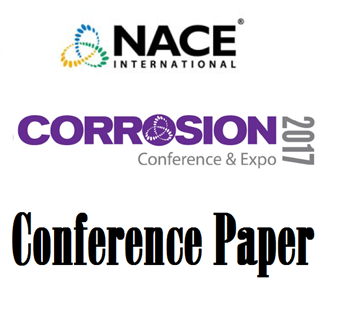Search
Vessels Replacement Program to Enhance Safety and Reliability
Also Purchased
Weld Jointing Influence on Boiler Tube Sheet Integrity
Product Number:
MPWT19-14366
Publication Date:
2019
$0.00
Using Robotic Inspection for Flare System to Avoid Plant Shutdown
Product Number:
MPWT19-14300
Publication Date:
2019
$0.00
UNS S32707 Combined to UNS S31266; An Alternative to Titanium for Seawater-Cooled Heat Exchangers
Product Number:
51317--9421-SG
ISBN:
9421 2017 CP
Publication Date:
2017
$20.00
Recently viewed




